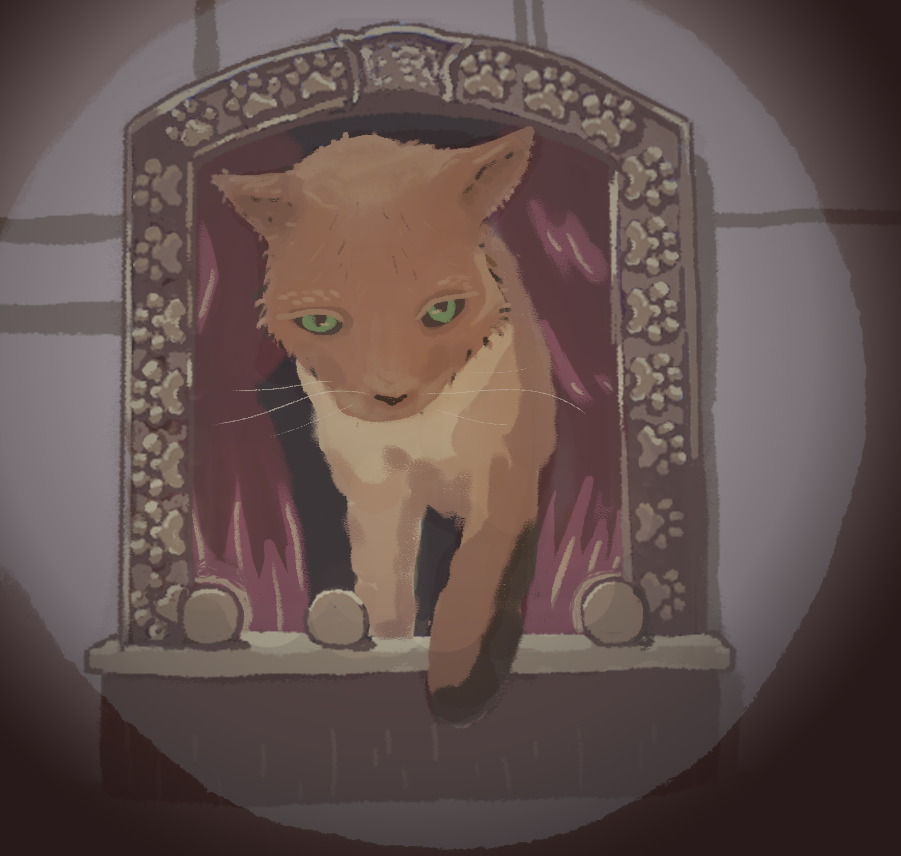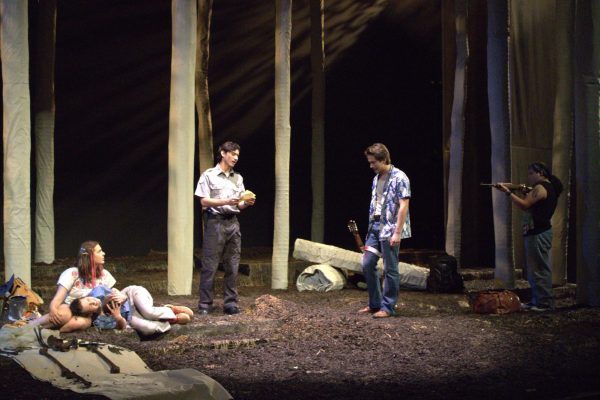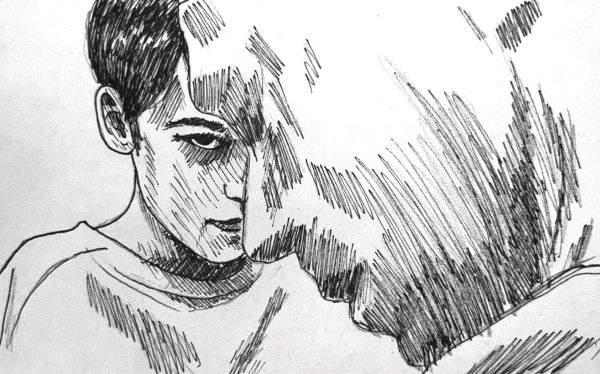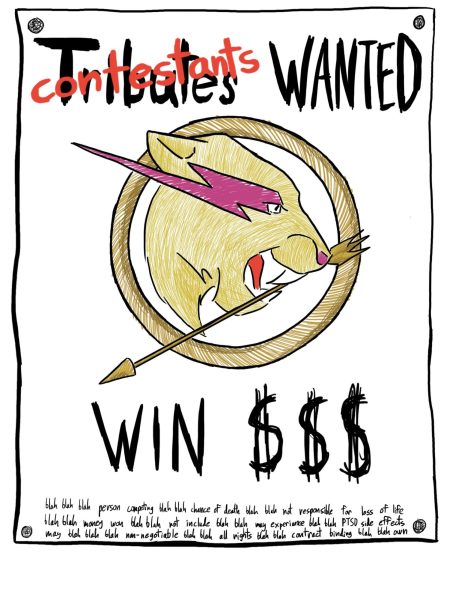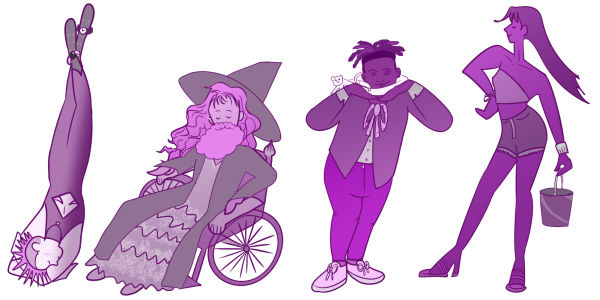Trinity professor’s feline theater production makes it big
Evolution. Discovery. Expression. Having fun.Scott Neale, assistant professor of scenic design, used these words to describe what inspires him. These sources of inspiration appear evident in his recent New York Times feature, “Teatro Dei Gatti.” The two feline performers, Ted and Rufus, boast their prowess in a homemade opera-house cat door stage. I virtually sat down with Neale to discuss “Teatro Dei Gatti,” set design, creativity and theater.
Tell us about your background.
My background is in theater design. I have a Bachelor in Fine Arts and a Masters of Fine Arts in Scenic Design. My career is about 50% theater design and the other 50% is using those skills in areas such as architecture events, theme park design and museums. Scene design is ultimately about telling a story with the environment.
How much of your style was incorporated into the set design for “Teatro dei Gatti”?
I would say a lot of it. Part of being a set designer is to not have a particular style. You don’t want people to say, “Oh, that’s that design by that designer.” When it comes to personal projects, I like to let my own style influence the project. It was my wife’s idea to do the stage. I came up with the idea to do prints around the proscenium arch. Being me, I had to add functional footlights. I was thinking about using Frank Sinatra or Big Band Jazz, but my wife said, “You should do that song by Ween that we laugh at when it comes on.” I think adding the screaming girls was the touch I’m most fond of.
What makes a successful set design?
One that doesn’t draw focus away from the characters. It is going to serve the function of telling the story. You want the set to be part of the whole experience. That’s what I strive to do as a professional and as a teacher, to throw the ego out the door. Sometimes the best set design is one that’s intentionally designed to be ugly because it’s serving that particular story.
Do you think there’s any misconceptions with how people approach theater?
It bugs me when people call it entertainment because that’s not the sole purpose of theater. It’s to share our stories and to encourage people to think about something they’re not familiar with. Just with all arts, theater encourages empathy. I do a lot of work with a theater company in Chicago that’s a youth based ensemble, all from families of immigrants. Our work is based on their stories. It’s all very artfully done. The stories are teaching empathy amongst people who haven’t lived that lifestyle. Students are learning to tell stories but also learning how to do theater.
If you could condense your inspiration into a couple words, what would they be?
In my class, I use the phrase “thinking with a pencil.” To me, the most exciting part about design is the part between the beginning and the end when you have layers of ideas, and you let those ideas evolve. The evolution of ideas, allowing your ideas to develop because no one knows from their first guess how a creative activity is going to end. You always have an initial idea, but you discover things along the way. Discovery would be another one. Also expression. It’s about reacting to a script or a narrative and then visually defining it. Evolution. Discovery. Expression. Design. Flexibility. Having fun.
How have you evolved as an artist?
When I was first starting out as a designer, it took me longer to do things because I would get in my own way. I would hold on to ideas, and I wouldn’t learn until later on in the process that those ideas didn’t work. Nowadays, I’ve done it enough where I can come up with a list of ideas and not be afraid to throw them out. It’s about trying things and not latching on to things.
How did quarantine affect you creatively?
It was strange because I was on sabbatical. I was working on two projects that are still happening next summer, but I also had time to do my own things. It allowed me to focus and do personal projects. I started doing oil paint and watercolor. My wife got me an oil paint kit for my birthday. Creatively, there’s no shortage of things to do. That’s the part of being creative; you can make something out of nothing just by thinking about it. Aside from the global pandemic, I enjoyed the time at home.
What does theater teach you?
Empathy, time management, out-of-the-box-thinking, interior design and creative thinking. There’s technical skills like electronics, costuming, clothing construction, set building and welding. I teach a class called Experiential Design that teaches you how to design things using a theater background. We cover escape rooms, museums, themed restaurants and retail window design. It’s all based on telling a story; you just have to figure out what that story is.
You can see Neale’s work on his website, www.scottcnealedesign.com.

